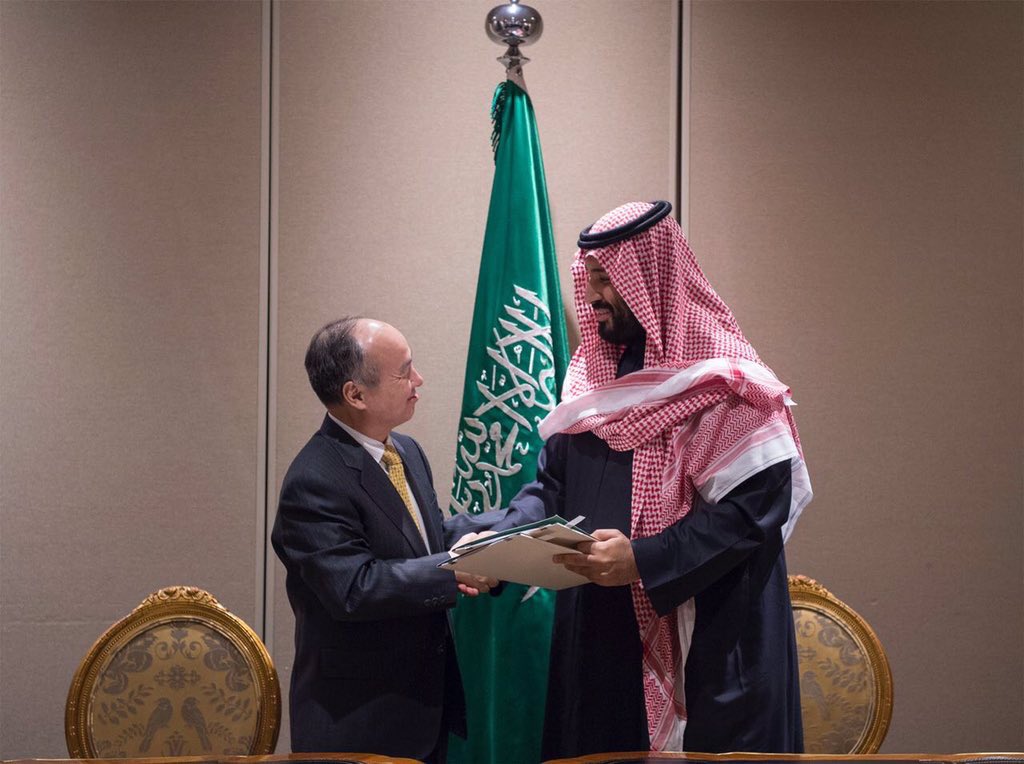Last Sunday, the Wall Street Journal published an article, citing unnamed Saudi government officials, claiming that the kingdom’s plans to install 200 GW of solar PV had been shelved, with no one actively working on the project.
However, in an official statement released on October 2, Saudi Arabia’s MEIM refuted the claims, stating, “Contrary to recent media reports, MEIM alongside the Public Investment Fund, SoftBank and other Kingdom’s stakeholders continue to work on a number of large-scale, multi-billion dollar projects relating to the solar industry. The long-term goal of these investments is to manufacture 200 GW of PV capacity by 2030.”
It added that it has already invited investors, technical advisors, and contractors to participate in the program, although it did not expand on the details.
Abdulrahman Abdulkareem, advisor to the Minister of Energy, Industry and Mineral Resources, also reportedly spoke at the 11th Annual Arab Energy Forum, held recently in Marrakesh. There, he was said to have outlined the Kingdom’s plan to “become a global leader in solar energy and to develop $200 billion of investment opportunities in this promising sector.”
In March, a memorandum of understanding (MOU) was signed between the Crown Prince of Saudi Arabia, Mohammed bin Salman bin Abdul Aziz, and Japan-based SoftBank founder, Masayoshi Son, to establish the US$200 billion, 200 GW solar project in Saudi Arabia by 2030.
At a briefing in New York, the United States, at the time, SoftBank’s Son said the project would also encompass equipment manufacturing and battery storage, with the potential for up to 100,000 jobs to be created and $40 billion in power cost savings.
Popular content
SoftBank said it intended to invest the funds via its Vision Fund – the largest technology investment fund, ever, and which has backing from Saudi Arabia and the UAE; and companies including Apple, Sharp and Foxconn.
“200 GW of solar would roughly cover total Saudi electricity demand in 2017. There seems no practical reason why this should not happen, especially as air conditioning demand in the country increases, and with battery backup. However, the details are likely to require extensive negotiation,” Jenny Chase, head of solar analysis at Bloomberg NEF told pv magazine at the time.
Power sector transformation
In the statement, MEIM also outlined three components for its power sector transformation plan. These include:
- Restructuring the power market to enhance its competitiveness for consumers and its attractiveness for private sector investments;
- Transitioning the Kingdom’s fuel and technology mix to include a significant capacity of renewables, primarily solar, but also wind. There will also be substantive investment in new high efficient gas-powered generation capacity; and
- Investing, industrializing and localizing the full value chain of the power industry for domestic and export-oriented manufacturing of conventional power components and services, as well as new technologies.
“Key decisions regarding the transformation of the power sector have been taken, details of which will be announced in due course,” concluded the statement.
This content is protected by copyright and may not be reused. If you want to cooperate with us and would like to reuse some of our content, please contact: editors@pv-magazine.com.



By submitting this form you agree to pv magazine using your data for the purposes of publishing your comment.
Your personal data will only be disclosed or otherwise transmitted to third parties for the purposes of spam filtering or if this is necessary for technical maintenance of the website. Any other transfer to third parties will not take place unless this is justified on the basis of applicable data protection regulations or if pv magazine is legally obliged to do so.
You may revoke this consent at any time with effect for the future, in which case your personal data will be deleted immediately. Otherwise, your data will be deleted if pv magazine has processed your request or the purpose of data storage is fulfilled.
Further information on data privacy can be found in our Data Protection Policy.